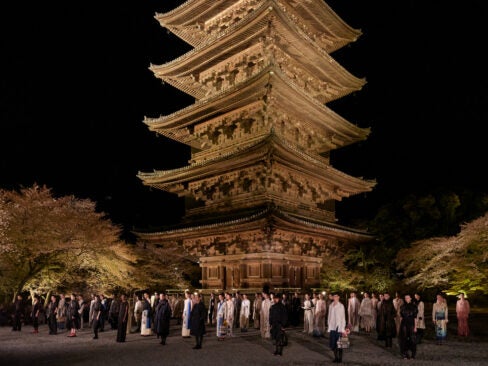
The rarest complications are those that are one of a kind. By this uncompromising standard, one of the most exotic watches in existence is the Blancpain Villeret Traditional Chinese Calendar.
The traditional Chinese calendar differs in a number of significant ways from the Gregorian calendar, which is used throughout most of the world as the standard civil calendar. The most basic Gregorian feature is that it’s based on a solar year, with a length of 365 days. Since the year is actually slightly longer—365.25 days to be exact—after four years the calendar is short one day, necessitating the addition of a 29th day to February to make up the difference.
The Chinese calendar, however, is based on moon cycles and each month starts with the new moon. The most important difference this marks between the two is that while the Gregorian necessitates the insertion of an extra day once every four years, the Chinese calendar necessitates the addition of an extra month from time to time, as a lunar year of 12 months is about 11 days shorter than a solar year.
The Chinese calendar also has a ten-year cycle combining the five elements of Taoist Chinese cosmology (water, wood, fire, earth and metal) with yin and yang. The latter are represented through a system known as the Ten Celestial Stems, each of which is either male or female in nature. This tenyear cycle combines with a 12-year cycle based on the 12 animals of the Chinese zodiac, to produce a 60-year cycle that determines the animal sign and the associated element under which one is born. Finally, under the traditional Chinese system the day is divided into 12 rather than 24 hours.
This is the first wristwatch that shows the date and time according to both Chinese and Gregorian civil systems. Conventional hour and minute hands show daily civil time, with a blued steel serpentine date pointer showing the date according to the Gregorian calendar. According to the Chinese system, the hour of the day is shown in a sub-dial at 12 o’clock, while the yearly element, and the associated Celestial Stem, are shown at 3 o’clock in a sub-dial with the yin-yang symbol at its center.
The sub-dial at 9 o’clock shows the traditional Chinese month, lunar day and an indication for the leap month of the Chinese calendar. The entire dial is anchored by a moon-phase display at 6 o’clock. At 12 o’clock there is a small window showing the animal of the Chinese zodiac corresponding to the current year.
Despite its complexity, the watch is relatively user friendly, as all the indications can be adjusted using pushers located under the lugs where the strap is attached. This system, which is patented by Blancpain, means that the case profile is pleasantly uncluttered and at the same time avoids the need to use a special tool to press recessed correctors, the system most commonly used in perpetual calendar watches.









